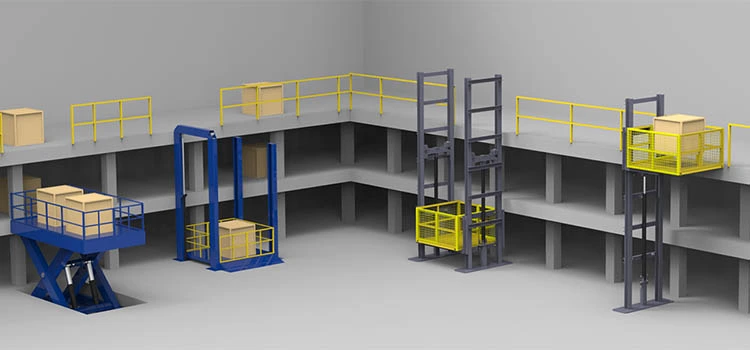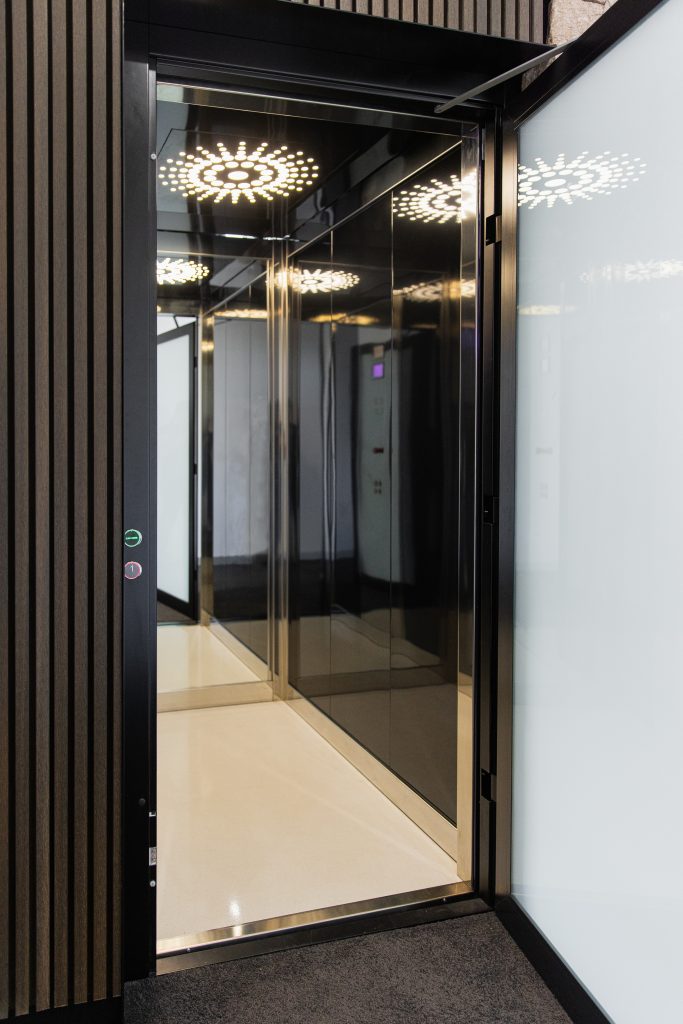London Lift Company: Trusted Specialists for All Your Vertical Transport Needs
London Lift Company: Trusted Specialists for All Your Vertical Transport Needs
Blog Article
Deciphering the Intricacies of Lift Modern Technology: Troubleshooting Common Problems Throughout Lift Versions
In the world of lift modern technology, a myriad of details typically lie under the surface area of what shows up to be a simple mechanism. From slow-moving operation issues to peculiar sounds originating from the equipment, fixing typical issues throughout various lift models demands an eager eye for detail and a methodical method - repair and maintenance services. As we begin on this journey to decipher the complexities that can pester these crucial devices, a deeper understanding of the inner workings and potential challenges of lift modern technology is important. Stay tuned as we browse with the maze of lift malfunctions, seeking remedies to the enigmatic issues that can interrupt the smooth performance of these essential devices.
Identifying Slow Operation Issues

Following, examine the electrical links to ensure that all elements are appropriately linked and functioning. Damaged electrical wiring or loose connections can lead to slow procedure or total malfunction of the lift system. Furthermore, it is crucial to test the control system to identify if the problem exists in the programming or sensing units.
If the aesthetic evaluation and electrical checks do not disclose the origin cause of the slow operation, more analysis examinations may be essential. These might include pressure tests for hydraulic systems, voltage tests for electrical parts, or running diagnostic software program for the control system. repair and maintenance services. By following a systematic approach to repairing slow-moving operation issues, you can successfully identify and fix the trouble, making sure the lift operates securely and effectively
Dealing With Odd Noises
To efficiently repair lift technology for strange noises, a comprehensive examination of the lift parts complying with the identification of slow operation concerns is necessary. Strange noises in lifts can be a measure of underlying troubles that call for timely focus to make sure the safety and reliability of the system. Typical sources of unusual noises in lifts consist of worn-out or misaligned sheaves, damaged electric motor bearings, busted or loose suspension ropes, and malfunctioning control systems. When dealing with unusual noises, it is vital to conduct an organized assessment of these components to identify the precise reason for the noise properly. This might involve looking for any kind of noticeable signs of wear and tear, examining the capability of motor bearings, tightening up loose connections, and lubing relocating components as required.
In addition, it is important to describe the lift manufacturer's maintenance guidelines and look for help from qualified service technicians when managing complex lift elements or unfamiliar troubleshooting treatments. By promptly dealing with strange sounds and resolving underlying problems, lift drivers can ensure the ideal performance and security of the lift system for operators and travelers.
Solving Faulty Control Troubles
A reliable technique for dealing with damaged control problems in lift technology involves carrying out a detailed evaluation of the control system's elements and performance. When experiencing issues with lift controls, it is essential to very first look for any type of loose links, harmed wiring, or malfunctioning sensors. Validating that all control keypads, display screens, and switches are operating properly is additionally vital in identifying the trouble properly.
If no noticeable concerns are evident, professionals ought to continue to inspect the control panel for any type of indications of water damages, overheating, or deterioration, as these can typically result in control breakdowns. Additionally, resetting the control system or upgrading the software program might help fix specific problems or bugs causing the issue.

Tackling Hydraulic System Malfunctions
The efficiency of hydraulic systems in lifts counts heavily on the proper performance of numerous parts within the system. When hydraulic systems breakdown in lifts, it can i loved this lead to functional disturbances and her latest blog safety and security worries.
Furthermore, irregularities in hydraulic fluid degrees or uncommon sounds during lift procedure might indicate underlying system malfunctions that need prompt attention to prevent more damage. Routine maintenance and timely troubleshooting of hydraulic system issues are critical to guaranteeing the efficient and safe operation of lift modern technology.
Dealing With Electric Part Failures
Dealing with electrical component failures in lift modern technology necessitates an organized method to identifying and solving concerns to preserve functional capability and security requirements. When running into electrical issues in lift systems, it is crucial to initial conduct an extensive examination of the electric components, including control board, circuitry, sensors, and motherboard. Any kind of indications of damages, rust, loosened links, or burned elements ought to be carefully kept in mind and dealt with without delay to protect against additional problems.
When it comes to electric element failings, it is necessary to comply with manufacturer guidelines for fixing and repair procedures. This might entail evaluating the elements using multimeters, oscilloscopes, or various other diagnostic devices Find Out More to pinpoint the precise source of the breakdown. Additionally, having a comprehensive understanding of the lift's electric schematics and electrical wiring diagrams can help in recognizing and fixing concerns effectively.
Normal maintenance and assessment routines can help stop electrical failings by detecting possible concerns early on. Appropriate training for lift professionals on electrical systems and components is additionally crucial to make sure exact diagnosis and effective resolution of electric issues, inevitably adding to the overall safety and dependability of lift operations.
Conclusion
In final thought, troubleshooting lift innovation needs a methodical method to recognize and resolve usual problems such as sluggish operation, strange sounds, faulty controls, hydraulic system breakdowns, and electrical element failures. By recognizing the intricacies of lift technology and following proper repairing actions, specialists can successfully resolve issues and guarantee the effective and secure procedure of lifts across numerous versions.
To successfully fix lift modern technology for unusual noises, a comprehensive assessment of the lift components following the recognition of sluggish operation problems is necessary. Odd noises in lifts can be indicative of underlying troubles that need timely focus to make sure the safety and reliability of the system.A reliable method for addressing damaged control problems in lift modern technology involves conducting a detailed assessment of the control system's parts and capability.The effectiveness of hydraulic systems in lifts relies heavily on the correct performance of various components within the system. repair and maintenance services. When encountering electric problems in lift systems, it is important to initial perform a comprehensive inspection of the electric elements, including control panels, circuitry, sensors, and circuit boards
Report this page